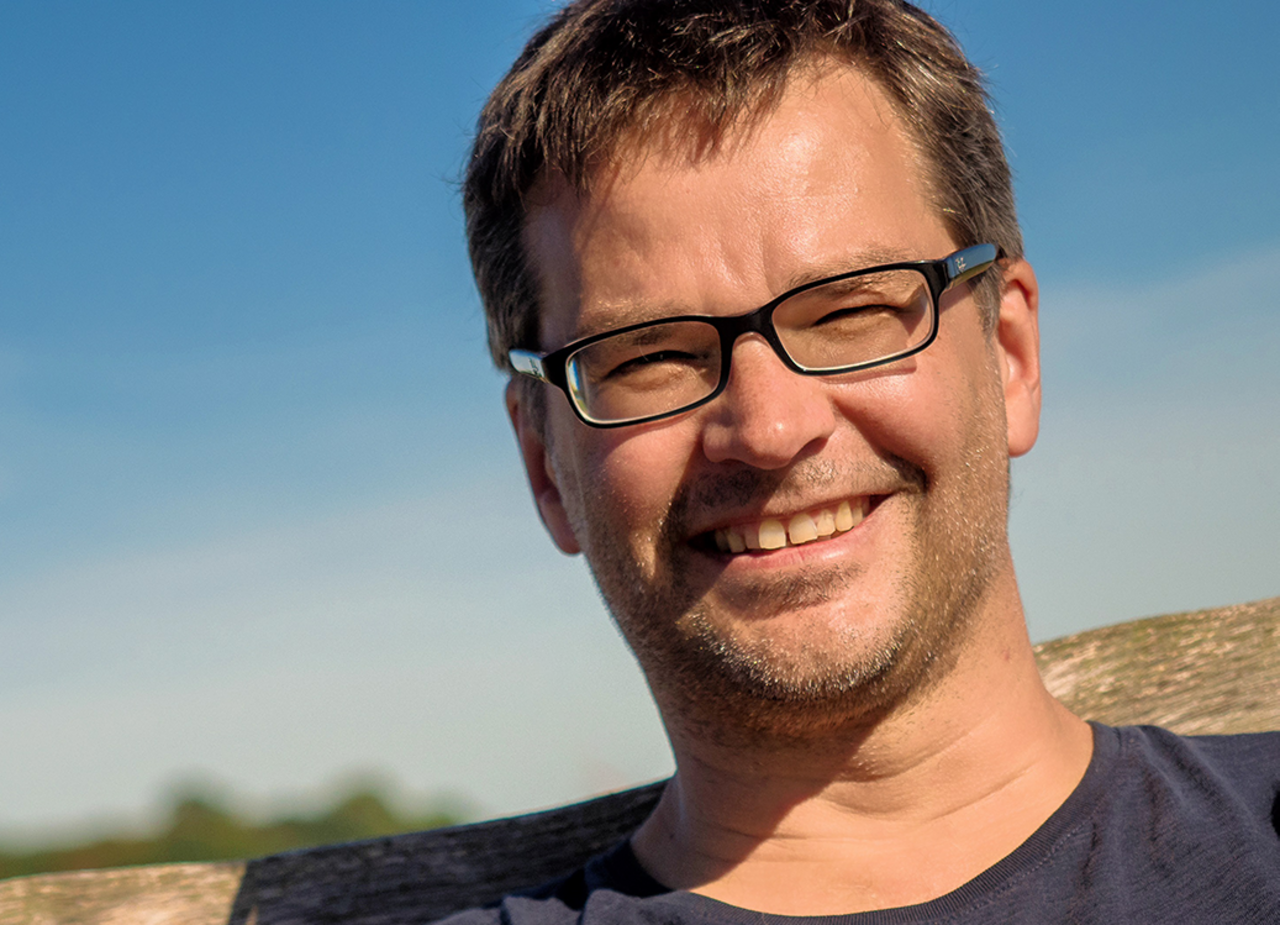Prof. Dr. rer. nat. Maik Kunert

Welcome to this website!
On this page you will find information about teaching and research.
Contact
Ernst-Abbe-Hochschule Jena
Department SciTec
Carl-Zeiss-Promenade 2
07745 Jena
Germany
>> Link to Open Street Map
Room 01.02.07
phone +49 3641 205 493
E-Mail maik.kunert@eah-jena.de
Teaching
Bachelor courses
- Biomaterials/Materials for Ba MT|BT|WT
(each winter semester) - Corrosion and Surface Engineering für Ba WT
(each winter semester) - Metals I & II
(winter and summer semester) - Lightweight Materials for Ba MB
(each summer semester)
Master courses
- Physical Metallurgy and Technology of Metals
for Ma WT (winter- and summer semester) - Composite Materials for Ma WT
(each winter semester)
Lecture notes and further materials for the courses
can be found on the corresponding Moodle course page.
Information on the study program
Official information about the study program
(study and examination regulations, ECTS brochure)
can be found >> here.
Further information and documents about the studies and
about the final theses may be found in the >> SciTec intranet.
Research projects
Within the project, a highly abrasion resistant and sufficiently tough steel for passive soil cultivation equipment has been developed. The focus was on high carbon (> 1 % C), low alloy steels with metastable austenitic microstructure.
- Two-body abrasion resistance of high-carbon metastable austenitic steels.
https://doi.org/10.37904/metal.2021.4152 - Two-body abrasion resistance of high-carbon high-silicon steel: Metastable austenite vs nanostructured bainite.
https://doi.org/10.1016/j.wear.2018.11.003 - Influence of Aluminum on the Wear Properties of High-Carbon Metastable Austenitic Steels.
https://doi.org/10.1002/srin.202200545
The knowledge of the martensite start temperature (Ms) is very important for the targeted heat treatment of steels. Therefore, a lot of work has been done and many models have been proposed to estimate Ms. An overview of various empirical models can be found here.
-
Our own work initially consisted of developing a reliable empirical model for estimating Ms for high-carbon, low-alloy steels with Ms values between 0 and 50°C. Such steels have a high potential for use in wear applications; however, a reliable model was not yet available. The project was funded by the BMBF and the results were published in steel research international: https://doi.org/10.1002/srin.202100576.
-
In the second step, an AI model was developed that makes it possible to estimate the Ms temperature of steels without having to select the "right" one from the large number of existing empirical models. An online app was developed to provide free access to the AI model: https://eah-jena-ms-predictor.streamlit.app.
Further information on the AI model and database can be found on GitHub: https://github.com/EAH-Materials/MartensiteStart_DeepLearning.
The AI model was developed as part of a project funded by the Carl Zeiss Foundation. The results have been published in November 2023 at the AI MSE conference.
This project aims to characterize the mechanical-tribological properties of the different phases of wear-resistant high-carbon steels.
- Characterization of the near-surface region of wear stressed high carbon TRIP steels
Poster presented by Johannes Maier at Friction 2021.
European Symposium on Friction, Wear and Wear Protection 18 - 19 Nov. 2021
Traditionally, new materials are developed using a trial-and-error approach. However, these development processes require 15 to 25 years from research to application. In the meantime, material calculation and simulation methods as well as artificial intelligence methods are also being used for materials development. The development times of new materials up to market maturity can thus be significantly shortened.
However, the target function of materials development remains the same for all methods: First and foremost, the functional requirements of a particular application must be met at the lowest possible cost. Other factors, such as supply chain security, raw material availability, recyclability, and environmental impact during the life cycle have played and continue to play a minor role, if any, in the materials development process.
This project focuses on the development of an alloy design model that can identify new and sustainable steels using machine learning methods. In this context, future-proof steels are steels that do without supply-critical and recycling-unfriendly elements and yet exhibit the same or even better mechanical and ecological-economic properties.
The project is funded by the Carl Zeiss Foundation.
Funny Metals
The Sound of Martensite
Funny Metals
Life of a shape-memory paper clip